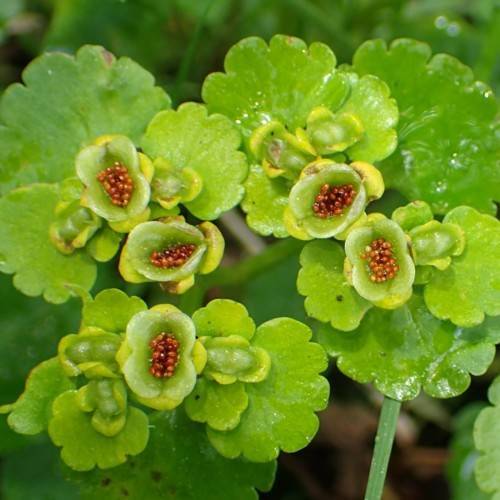
Rosendahl's Golden-Saxifrage
Chrysosplenium rosendahlii
Watering:
Minimal
Hardiness Zone:
Sun:
part shade,full shade
Leaf:
Yes
Growth Rate:
Low
Drought Tolerant:
Yes
Salt Tolerant:
Yes
Care Level:
Medium
watering
From early spring to late summer, American Golden Saxifrage should be watered enough to keep the soil evenly moist. During its active growing season, water should be applied at least once every 7 to 10 days. Generally more frequent watering is needed during hot, dry weather. In the cool, wet months of fall and winter, water needs will be reduced to about once every 2 or 3 weeks. It is important to be sure that the soil never dries out completely, as this could cause the plant to suffer from drought stress and even die.
sunlight
American Golden Saxifrage grows best with ample sunlight throughout the day. They need at least 6 to 8 hours of direct, unfiltered sunlight each day. However, they can tolerate partial shade in the early morning or late afternoon such as when the sun is blocked by tall trees or buildings. They will still do well with up to 4 hours of filtered sun each day. It's best to give them as much direct sunlight as possible for optimum growth.
pruning
American Golden Saxifrage should be pruned in the late spring or early summer, after it has flowered. Pruning should be minimal. Primarily remove any dead, diseased, or damaged stems. It is also a good idea to remove any old flower stalks. Pruning should be kept light in order to maintain the natural shape of the plant. Too much pruning can weaken or even kill the plant.
